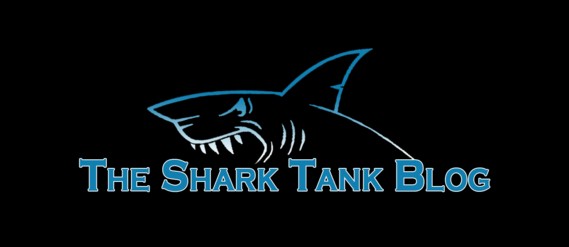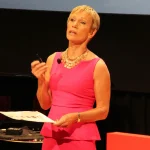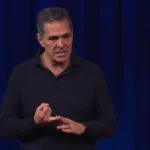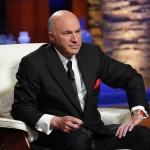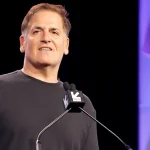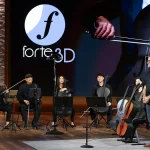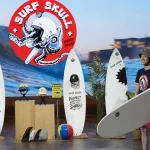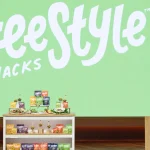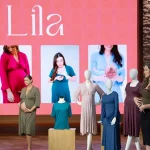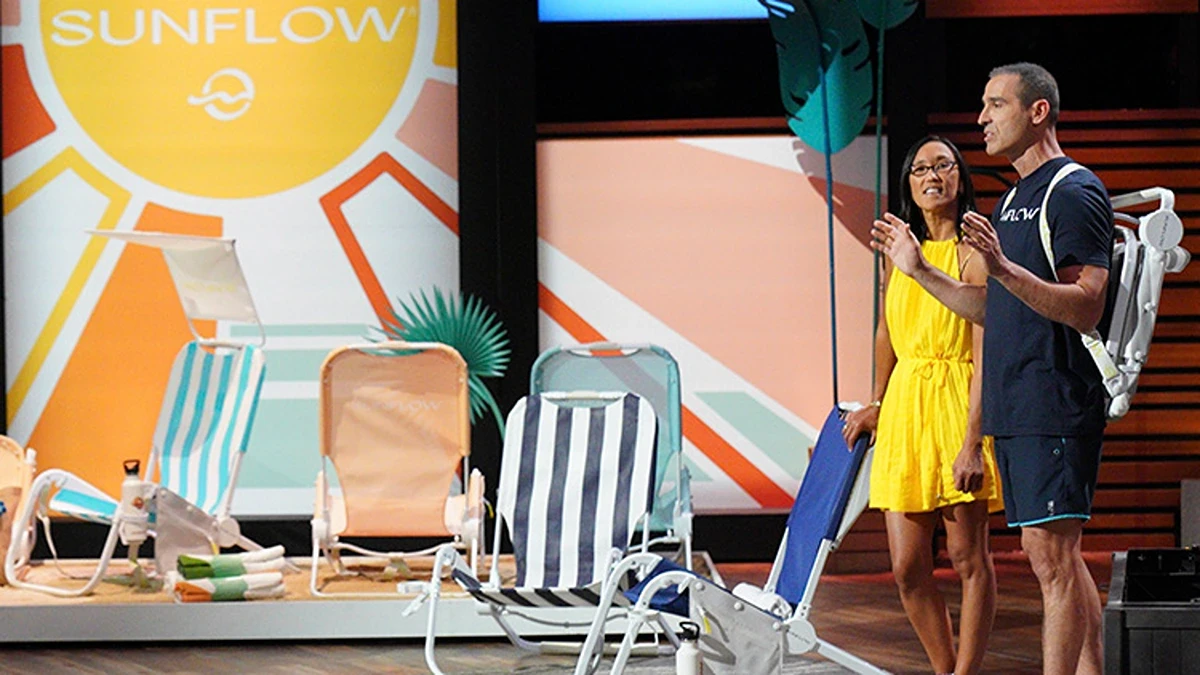
When entrepreneurs Leslie Hsu and Greg Besner stepped onto the stage of Shark Tank Season 13 Episode 16 to pitch Sunflow. A next-generation beach chair that many expected to receive the usual pushback over valuations and margins. However, their product left a few jaws on the floor.
Though the Sharks had seen a beach chair even before, this one was packed with innovation and accessory settings into a portable package. The reaction ranged from skepticism to genuine surprise—and that very shock is what makes the Sunflow story so compelling.
In this blog, we’ll peel back the layers—what Sunflow presented, why the investors were stunned, how the deal evolved (and unraveled), and the lessons for founders everywhere.
The Pitch: Reinventing Something “Simple”
To grasp why the reaction was so strong, you need to see what Sunflow was claiming to be: not just a better beach chair, but a premium beach‐lifestyle system.
What Sunflow Brought to the Stage
During their pitch:
- They described a chair that folds compactly, opens via a button (much like a stroller mechanism), and converts into a lightweight backpack.
- The chair isn’t static — it reclines in multiple positions.
- It includes or supports a number of built-in accessories: a double canopy that blocks ~98% of UV rays, a rotating/adjustable drink holder, a water-resistant dry bag for valuables, a sunglasses case, and more.
- At the time of the pitch, the company claimed ~$2.9 million in direct-to-consumer sales in just over a year.
- They asked for $1 million in exchange for 6% equity in the business.
- In short, they were pitching not merely a beach chair, but a “beach brand” — a system of premium materials, accessories, and upscale positioning.
Why Investors Were Skeptical at First
It wasn’t that the idea was bad, but the Sharks recognized that the beach and outdoor lifestyle space needed disruption. But a few flashpoints triggered skepticism:
- High Price Point: The base chair price was about $198, before factoring in accessories. Many sharks balked at that, questioning whether customers would stretch for that spend. The founders countered by saying that 60% of buyers purchased all major accessories, pushing the total spend closer to $300.
- Ambitious Valuation & Growth Expectations: Asking $1 million for just 6% translates to a ~$16.7 million valuation. Some sharks (e.g. Mark Cuban, Lori Greiner, Barbara Corcoran) considered that ambitious given the nascent stage. Also, they questioned how scalable and defensible the margins would be with all the accessories.
- Risk of Execution & Oversaturation: Beach chairs are a seasonal product, subject to weather, shipping costs, and competition. Some sharks wondered whether a “premium” chair could remain more than a novelty.
So while the core concept piqued their interest, many were unsure whether Sunflow could deliver on scale and profitability.
The Turning Point: Shock, Offers, and the “Deals Are Just Handshakes” Line
At some point in the pitch, the Sharks visibly shifted — that moment of surprise.
- Barbara Corcoran, initially reserved, said, “I’d like to buy a dozen,” signaling that she saw real consumer appeal.
- Kevin O’Leary (Mr. Wonderful) repeatedly challenged their valuation and royalty structure, but ultimately negotiated the deal: $1 million for 5% equity + $5 royalty per chair until his $1 million is recouped.
- Some Sharks, like Daniel Lubetzky, made offers (e.g. $1 million for 22.5%) that the founders declined.
However, in a twist seen in many Shark Tank episodes, the on-air deal did not survive post-show due to further negotiation, due diligence, and legalities. As the founders later admitted, “all the deals are just a handshake” on screen. They ended up raising $3.5 million from other investors.
That revelation — that the shock, the deal, the drama were only part of the story — brings home how media and business interplay in the Shark Tank universe.
Beyond the Show: Sunflow’s Post-Shark Trajectory
What happened after the cameras stopped rolling? The story is instructive.
Sales and Scale
The exposure from Shark Tank drove an immediate spike in awareness. The founders reported that their orders increased tenfold soon after their episode aired.
They expanded their categories to towel straps, contour pillows, and other accessories like beach totes, waterproof speakers, and snap-in Turkish blankets.
By the year 2022, their brand contributed to the distribution of more than 200 hotels and resorts. Also, they had ongoing deals with brands like Hilton and Radisson.
Later, they projected annual sales to reach $14 million in the year 2024, along with a valuation of $16 million.
Funding & Partnerships
Even though the Shark deal didn’t pan out, Sunflow secured $3.5 million from outside investors who had taken notice of the buzz.
They also launched a co-branded line with swimwear designer Shoshanna (with cherry prints on chairs) to elevate the lifestyle and design cachet.
Challenges & Realities
Of course, growth hasn’t been frictionless:
- A high dependency on accessory sales to justify the premium price puts pressure on cross-sell and customer acquisition costs.
- Manufacturing and supply chains for aluminum frames, canopy fabrics, and compact folding mechanisms are complex and costly.
- Seasonality in beach products means the brand has to manage demand peaks and inventory risks.
But the founders seem to have used the Shark Tank spotlight as a springboard, not as a guarantee.
Why Investors (and Audiences) Were Shocked — And What That Teaches
The reaction in the tank—and in viewers’ minds—stemmed from a few key factors. And each carries lessons for startup founders and investors alike.
1. Reinventing the “Obvious” Is Powerful
Beach chairs are mundane; no one expects breakthrough innovation in them. That’s precisely why Sunflow stood out. The moment they showed a folding, reclining, accessorized chair that felt premium, the shock came not just from the pitch, but from the realization: “Someone actually thought all of this through.”
Lesson: Products in old, seemingly saturated categories can still surprise if you bring a fresh system-level rethink.
2. The Power & Peril of Bundling Accessories
Sunflow’s value hinged heavily on bundled accessories (shade, dry bag, drink holder). The sharks were shocked when the founders stated that many customers bought all attachments, pushing the overall price upward.
That upsell potential is what justified their high valuation. But it’s also a leverage point — if accessory uptake falls, margins shrink.
Lesson: Make your accessory or recurring revenue model robust and predictable — don’t over-rely on consumer “add-on” behavior.
3. Confidence in Valuation Can Shake the Room
As soon as the founders held firm on valuation (6% for $1 million initially), the sharks had to reckon with whether they were being undercut. The tension between ambition and credibility created drama. That audacity partly generated the shock (in a good way).
Lesson: Be bold, but prepare to defend your valuation with rigorous unit economics, data, and growth forecasts.
4. Using Media to Multiply Credibility
Even though their Shark deal collapsed, the exposure gave Sunflow visibility, credibility, and investor interest that likely outstripped what the actual Shark deal would have yielded. The “shock moment” became a marketing asset. The brand rode that wave to raise capital and scale distribution.
Lesson: In today’s media environment, a strong, memorable pitch (with a “wow” moment) can catalyze much more than just a funding check. It can attract customers, partners, and additional investors.
Conclusion
“Investors were shocked” is a catchy headline. But what matters more is why they were shocked—and whether what came next proved the promise.
Sunflow’s pitch shocked because it took a low-expectation category and injected design, function, and accessory depth. It forced seasoned investors to re-evaluate their assumptions. And though the on-camera deal didn’t survive, Sunflow leveraged that shock into capital, growth, and brand equity.
For founders: aim to create that friction of surprise, but back it with real economics and execution discipline.

